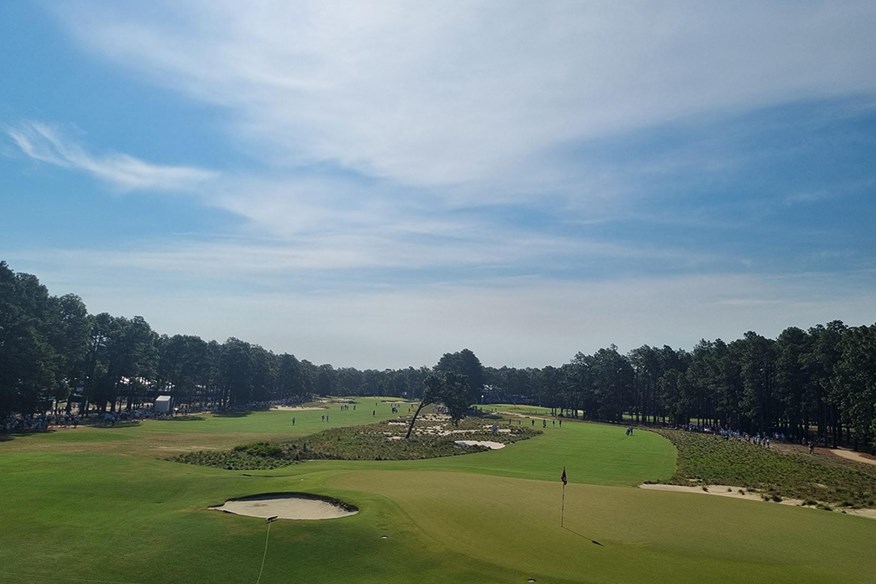Inside the US Open: My view from the ground at Pinehurst No.2
Last updated:
Having spent a few days wandering through the pines and sandhills of Pinehurst No.2, I pause to reflect on the challenge facing players at the 124th US Open.
Much of the US Open build-up had focused on the unique landscape of Pinehurst and how it posed a very different threat to a typical US Open setup, so naturally I was pretty excited to get out there and see what all the fuss was about.
Before even stepping foot on the course I attended the pre-tournament player press conferences where the phrase of the day appeared to be ‘boring golf’, hinting at a conservative mentality, knowing when to leave the driver in the bag, where to miss the green, and when to ditch the chipper.
It certainly didn’t sound boring to me. It sounded strategic and was summed up perfectly by Tiger Woods who described patience and discipline as being the key to success in this week’s “war of attrition”.
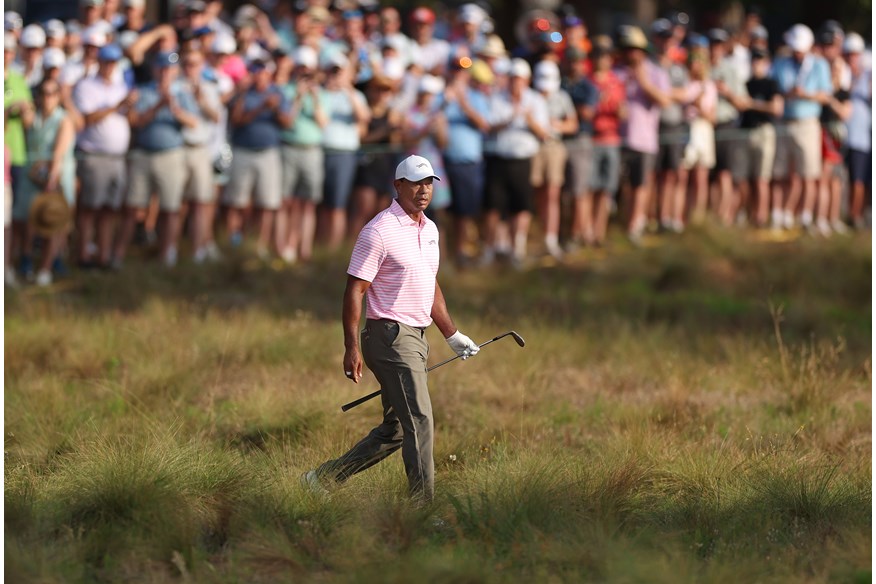
The trouble is we’ve been conditioned into thinking that more birdies equals more exciting golf. And while seeing record-breaking scoring as we did in Valhalla for the PGA Championship is box office stuff, so too is the jeopardy of simply needing to make a par when it matters.
So how has Pinehurst No.2 changed since Martin Kaymer’s runaway eight-stroke victory in 2014?
“We narrowed the 13th fairway 10 to 12 yards. But that’s about it. It’s basically the same Pinehurst that you saw in 2014. We’ll play it about 7,550 yards, a par-70, and we’ll let Pinehurst be Pinehurst, said Chief Championships Officer, John Bodenhamer.
“Our setup strategy is not very complicated, either. We want the players to get every club in their bag dirty. We want to give them choices, want to give them variety, give them angles. And we can do it all here. We endeavor to create firm and fast conditions because we believe the world’s best players can control their golf ball not only in the air but once it hits the ground and think about where to miss it not just where to hit it.”
Armed with that information, I set off, quickly regretting I hadn’t taken any fluids with me in the 32-degree North Carolinian heat to explore the Donald Ross masterpiece.
The first and most obvious thing to point out is there is no rough. Or rough as we typically know it anyway. Any ball that runs off the pristine fairways will find its way into vast islands of sandhills interspersed with thick tufts of wiregrass.
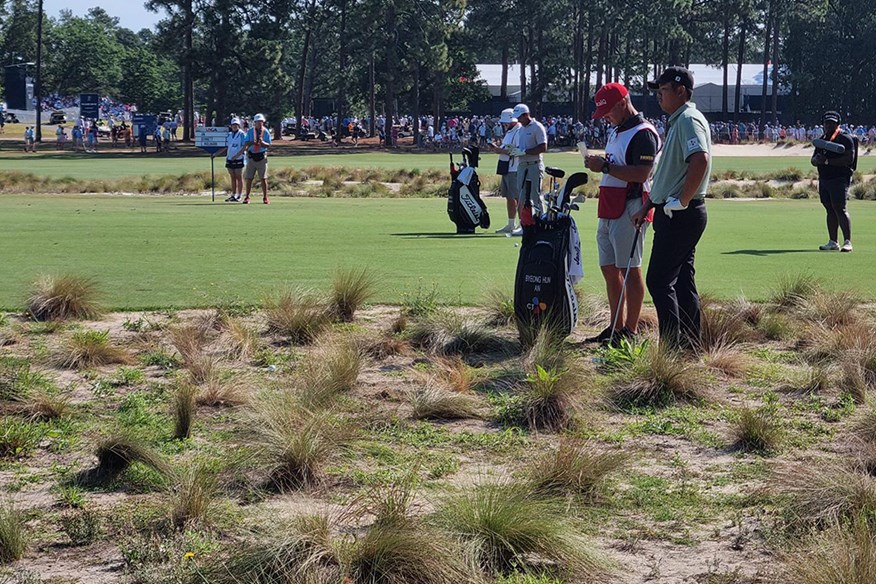
The beauty of these traps is the uncertainty that awaits players as they walk anxiously from the tee box to the ‘native area’ where their ball has come to rest. Donald Ross describes them as the ‘perfect rough.’
You might get a perfectly playable sandy lie, or maybe something gnarly that requires you to take your medicine. It all adds to the drama and will undoubtedly have a huge say in deciding any future champion around No.2.
Granted, there is very little water in sight, or particularly threatening fairway bunkers, however, you don’t have the luxury here of guaranteeing a nice fluffy lie for your approach if your ball runs off the fairway by a few yards.
And although the fairways are typically wider than the PGA Tour average, when you stare down the hole, the strip of carpet ahead doesn’t feel particularly generous! Luckily the pine trees are set back far enough to not cause too much concern…for the pros at least.
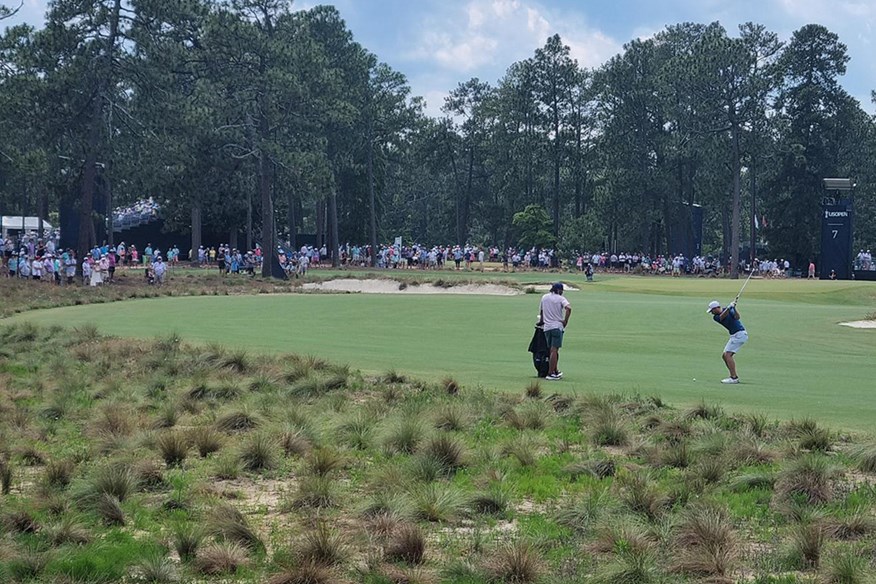
No.2 is a second-shot course. Another phase I had heard before arriving. The fairways have been cut slightly longer this year, reducing the roll-on, and asking players to hit a slightly longer club up to the notorious cereal bowl putting greens, now installed with Bermuda grass.
What you may not see on television is how raised many of the greens are, requiring players and caddies to be absolutely on the money with their yardages, particularly with the greens being so hard to hit in the first place.
“When they do miss the greens, we’ll also endeavor to give them choices, continued Bodenhamer.
“You’ll see players putt, you’re going to see them pitch, you might see them bump-and-run it a little bit. Those are the choices we want to give them. We want to see their creativity and their talents.”
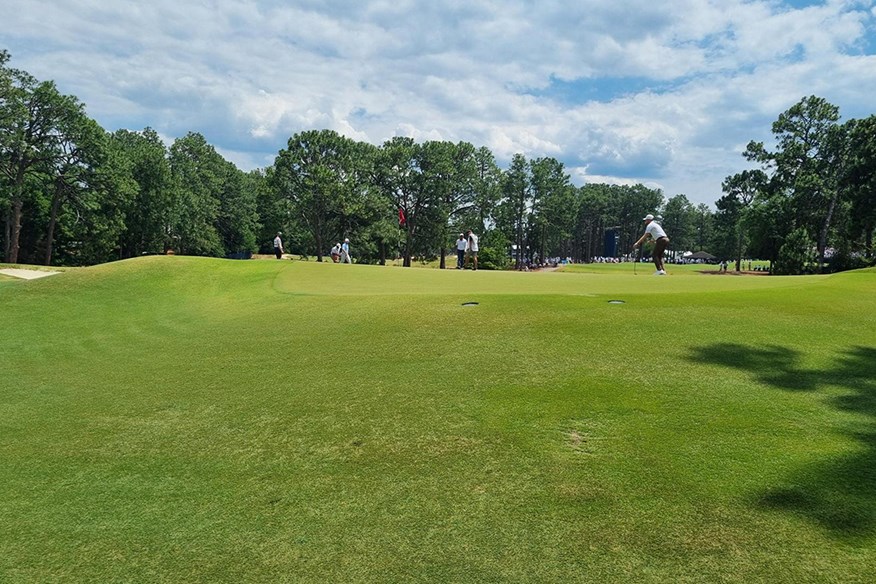
In 2014, 70 percent of the field found the fairway off the tee, yet only 56 percent hit the greens. It’s why scrambling ability is integral around Pinehurst, and players will need to possess a varied short game with imagination and confidence to execute the right shot at the right time.
I watched several groups during Wednesday’s practice rounds looking dumbfounded at how difficult it was to get the ball close from the incredibly tight lies surrounding the greens. It will be the biggest test of the week and I can’t see anyone winning who doesn’t end the week very high up the scrambling leaderboards.
After sitting for over an hour on the stunning 186-yard par three 9th hole, I left without seeing a birdie. The ideal landing area is so shallow that players ordinarily rewarded with a 10-15 foot putt for birdie often saw their ball roll one too many revolutions and snowball down to the pine needles behind the green. An almost impossible up and down. The margins are unbelievably fine between perfect and punishment.
And don’t get me started on the putting. I’m 50/50 as to whether I would break par if I started every hole on the green. The greens are fast and firm anyway, but with no rain forecast, they will only get quicker as the week goes on. Even Tiger described them as “very severe”. Perhaps the eighth hole strikes me as the most severe of the lot, although there is a case for many.
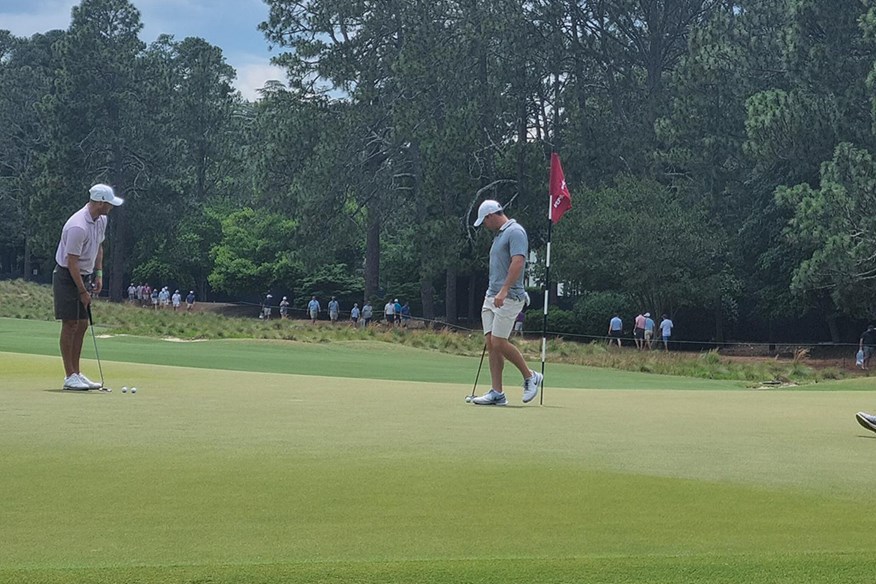
Pinehurst is revered as one of America’s greatest venues, a “cathedral of the game” as Bodenhamer eloquently puts it. And it’s an analogy that makes more and more sense with every step I take on the pine-ridden tracks. The place has an eerie calmness, just like a place of worship.
The ghosts of the past matter at venues like this, made all the more poignant this year, as the tournament celebrates the 25th anniversary of the late Payne Stewart’s win in 1999 at the age of 42.
“Pinehurst isn’t a country, but when you come here, you feel the energy, the excitement, the celebration of the game. People here get the game. When they feel it, it fits. We fit here at Pinehurst because it’s about golf. It’s at the center of this community. It bleeds through everything that’s here.”
SUBSCRIBE TO TODAY’S GOLFER: Print and Digital access, discounts and rewards!
-
 What the challenges underfoot at Pinehurst No.2?
What the challenges underfoot at Pinehurst No.2?
-
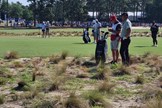 Byeong Hun An running off the fairway at Pinehurst
Byeong Hun An running off the fairway at Pinehurst
-
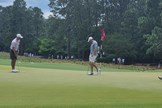 McIlroy and Kaymer getting to grips with the pace of the greens at Pinehurst
McIlroy and Kaymer getting to grips with the pace of the greens at Pinehurst
-
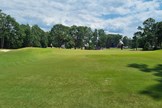 Good scrambling ability is crucial for success at Pinehurst
Good scrambling ability is crucial for success at Pinehurst
-
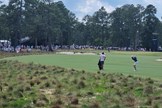 Pinehurst No.2's fairways are typically wider than many US Open courses
Pinehurst No.2's fairways are typically wider than many US Open courses
-
 Tiger Woods in the thick of it on day one at the 2024 US Open
Tiger Woods in the thick of it on day one at the 2024 US Open
